EAA Chapter 42 Visit to F-22 Squadron - April 5, 2014

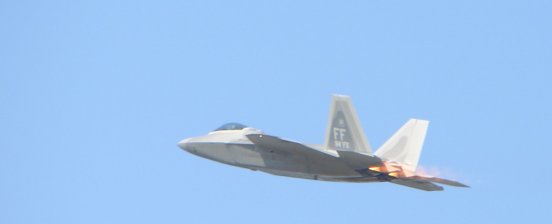
If you are an airplane person in Anchorage, you have seen F-22s flying out of Elmendorf. Our treasurer, John Davis was at a campsite on the Kenai last summer. He noticed the name of the guy camped next to him was Bob Churchill, and John asked Bob if he had recently joined EAA Chapter 42. He had, they talked, and that was the start of the planning for our visit.
The chapter had a heck of a time trying to schedule the visit. A bunch of us wanted to go as soon as we heard about it, but so many people on the board had travel plans that it got pushed out to April. The scheduling on the Air Force side was easy.
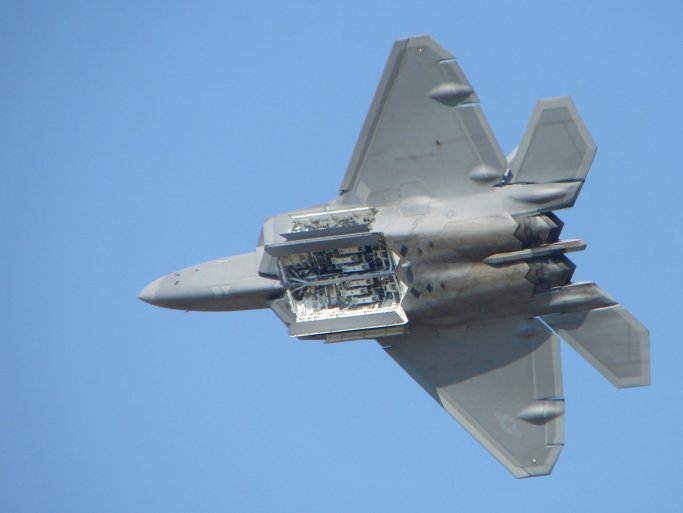
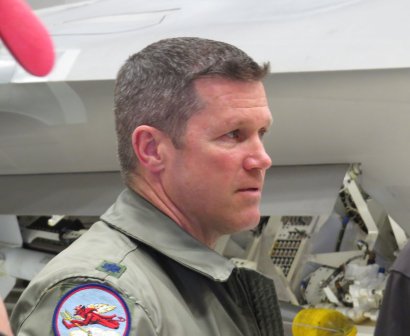
Lt. Col. Bob Churchill of the 525th Fighter Squadron.
Bob is a current member of EAA Chapter 42 and wants to buy an Avid Flyer. He is a full time reservist and has been flying fighters for over 20 years.
Everyone knows the personality traits of fighter pilots from the movies. We saw a smart, fit, good looking, pilot who has a sense of humor and is a gracious host. He kept thanking us for coming.
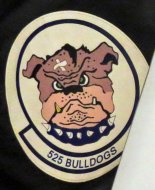

We started with a briefing in the conference room.
As we walked through the building to the conference room, there were incredible photos and posters about every three feet.
The most amazing photo I saw was from an experimental program that had a small fighter jet hung beneath a B-29. They were trying to solve the problem of supplying fighter support to a bomber that could fly thousands of miles beyond fighter support. Most of the time you see these pictures it looks like a bad photocopy of a of photocopy of a bad original. This air to air picture looks like it was taken last week. And that was only one of the pictures in the hallway.
I didn't take notes, so all of the numbers quoted in this article are from the internet, so they must be true.
We saw two videos of a takeoff and climb to altitude that were taken from within an F-22 cockpit. One looking back at the pilot, and the other looking outside. Bob did the commentary. Wow, those jets are fast and powerful.
The commentary went something like this: Brake release, afterburners, 50 knots, 100 knots, liftoff, wheels up, waiting for the end of the runway, pull back to vertical, climbing, pull back to horizontal, roll upright, we're at 20,000 feet. Then we said: What!? You're kidding! That can't be. Play it again!
We were given an unclassified Powerpoint presentation.
The cockpit visibility is great, as is the seat. Bob compared the F-22 seat to the seats on the F-16 and F-15 when pulling Gs. He said that the seat in the F-16 was reclined way back to about 30 degrees, which was like being fully back in a recliner, but when you were pulling Gs, you could feel it in your neck, no matter what you did. The F-15 was a bit too upright, and the F-22 was just right.
We asked about the F-22 versus anything else, and Bob grinned. The F-22 isn't invisible, but before you see it, you're dead. I think he said that he was 15 to zero against younger guys in F-15s and F-16s. They don't bother with F-22 versus F-22 because they spend the whole time searching for each other.
The F-22 has a service ceiling of greater than 65,000 feet and the cockpit is pressurized to the equivalent of about 23,000 feet. The Lockheed U-2 has a service ceiling of 70,000+ feet and you have to wear a pressure suit and pre-breathe oxygen. Not much of a contest there, but when they are really high, they are thinking about that one possible defect in a gasket that would dump cockpit pressure, which wouldn't matter if they were wearing a pressure suit.
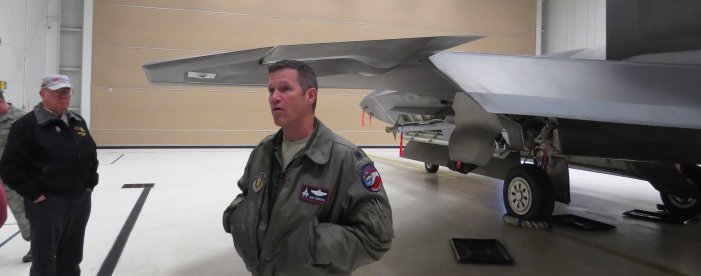
Out to the hangar.
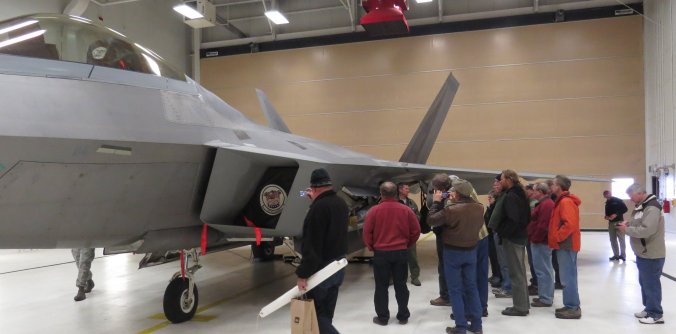
This is obviously a jet that needs a ground crew. There are no steps or hand holds to climb up to the cockpit. I guess you press the button on the ignition key to open the canopy.
In the movies, you're not going to be seeing an action hero running up to an unattended F-22 that's parked on a ramp, jumping in and flying off. Or, if you do see that, you shouldn't believe it.
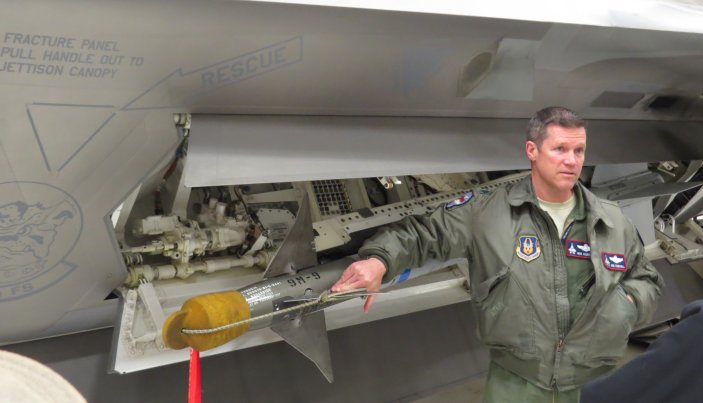
Under Bob's right elbow is an AIM-9 M Sidewinder missile. This high tech stealth aircraft has heat seeking missiles that were first deployed in 1956. The nose of the missile sticks out into the air stream while the tail is still inside the compartment. There is a blast deflector just behind the rocket.
The latest version of the Sidewinder is the AIM-9X Block II which goes for about $665,000 each.
The Sidewinder has a top speed of Mach 2.5, just Mach 0.25 faster than the jet it's on.
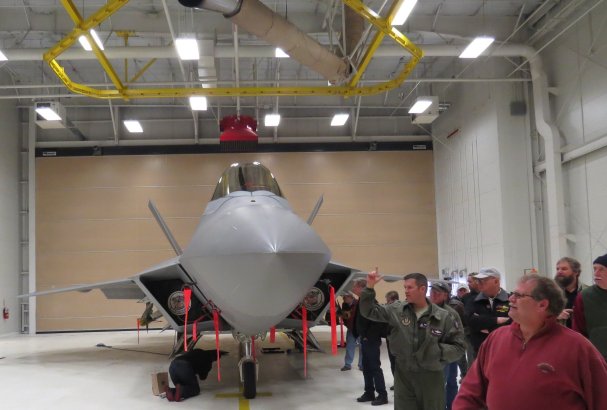
I had never been in a new Air Force Hangar before. It was spotless, comfortably heated and well lit. Up above, the yellow beams are for hoists, the red stuff is fire suppression and the long tan tube runs up to an exhaust vent. I don't know if the exhaust is for the jet, or for a power cart.
The pointy part contains the radar and electronics. There are pitot tubes and static ports on both sides of the nose.
The pitot cover is pretty much the same that you'd see on any plane. The static port was protected by an elaborate setup that looked like it was made from anodized aluminum parts. There were two machine screws that had knurled aluminum knobs that held a bracket against the plane. The bracket had another knurled knob that pressed a pad against the static port opening. Of course there was a foot long orange streamer attached to the bracket too.
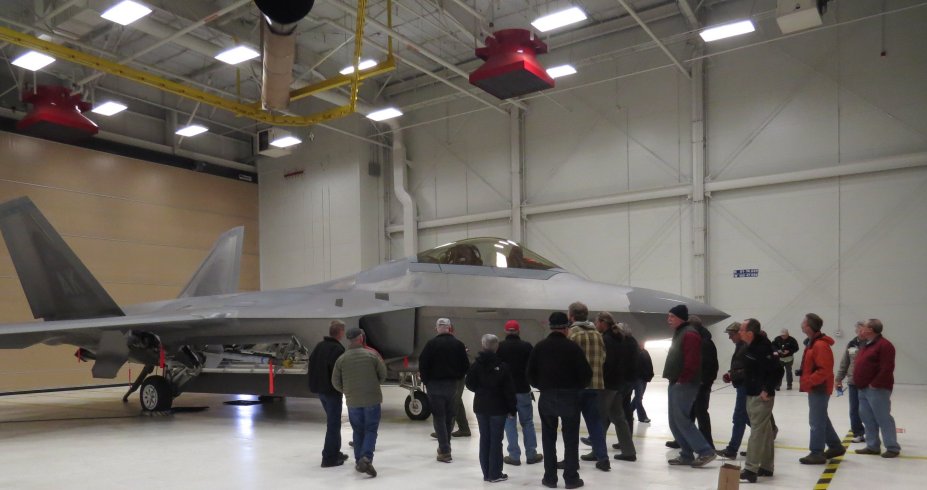
It's a big plane. 62 feet long, 44 foot wingspan and 16 feet high. Empty weight about 43,000 pounds, max takeoff weight, 83,500 pounds. It holds 18,000 pounds of JP-8 fuel internally. That's about 3,050 gallons.
How much is that in human terms?
According to airnav.com, on April 12th, 2014, at Anchorage International Jet A is $6.23 a gallon. 3,050 gallons of Jet A is $19,001.50
A Piper Tri-Pacer with F. Atlee Dodge long range tanks holds 61 gallons. If I leave 9 gallons in the tank at the end of the flight, 3,050 gallons is 58 tanks. At 9 gallons per hour, 319 flight hours. At Merrill Field 100LL is $5.63 a gallon. 3,050 gallons of 100LL A is $17,202.00
I usually use about 12 gallons to fill my Subaru Forester. 3,050 gallons is 254 tanks. At 28 MPG, that's 85,400 miles, about 5 years of driving. In Anchorage unleaded gasoline is $3.69 a gallon. 3,050 gallons of unleaded gasoline is $11,254.50.
That what just one tank of F-22 fuel is equivalent to.
How far can it go? That depends... Combat radius of 410 nautical miles up to a ferry range of 1,738 nautical miles. Altitude, throttle and afterburners make a big difference.
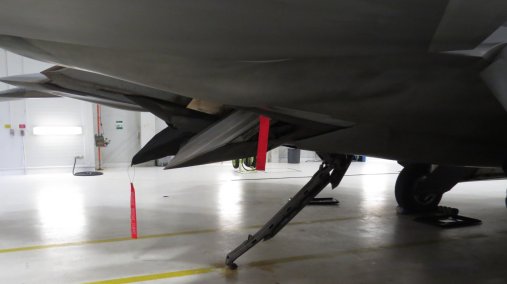
Arrestor hook. If you look at the fly-by picture, you won't see the hook. It's faired in when it's retracted.
According to the web, on a carrier, you will be stopped within 300 feet. The cable at an Air Force base is intended for emergency use only. The run-out is 950 to 1,200 feet.
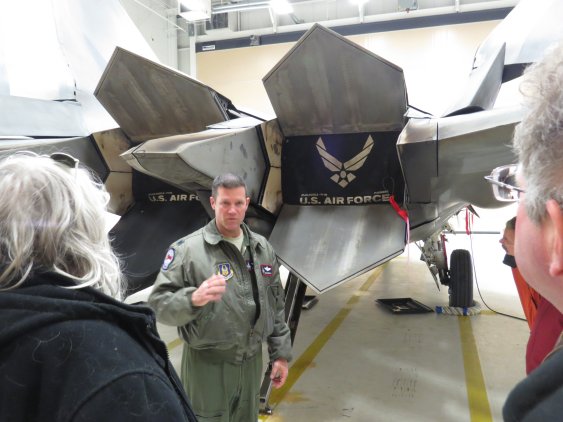
Exhaust end. This jet has thrust vectoring. The two large plates above and below the exhaust start out wide open as they are here. Once the engines start, they close down. During flight they can redirect the engine thrust up to 20 degrees in the pitch axis.
When I looked at the fancy looking plugs with the Air Force logo that cover the exhaust ports, I saw "F119" printed on them. I was curious about an F119 cover on an F-22. Wikipedia to the rescue. Those are Pratt & Whitney F119-PW-100 Pitch Thrust vectoring turbofan engines.
The special tires are inflated to a couple of hundred PSI with nitrogen.
I don't know if the Navy knows that some of their rope is missing. I never saw rope used for chocks before.
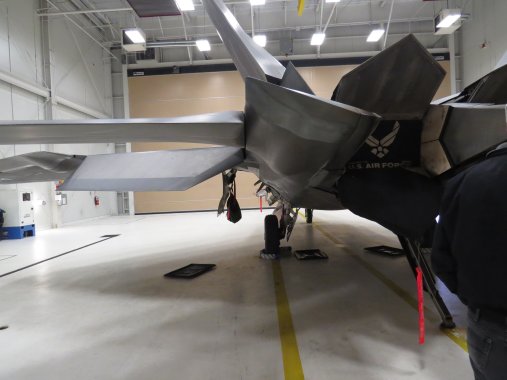
The tail surfaces are larger than the entire wing area (300 square feet) on an F-16.
YouTube - MIT OpenCourseWare Special Lecture: F-22 Flight Controls.
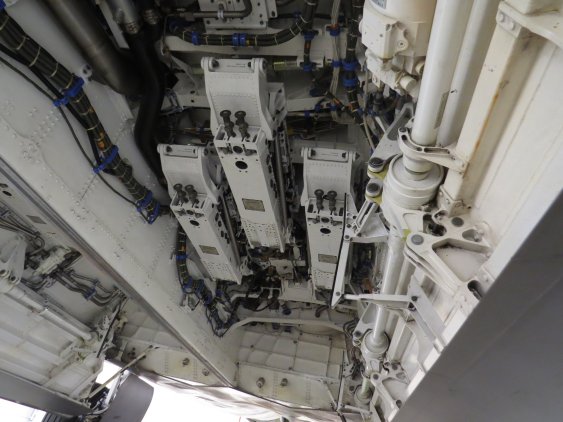
Static view of the bomb bay. The armament guys must have a heck of a time loading. The doors go down to about knee high and the mounting points are around shoulder high.
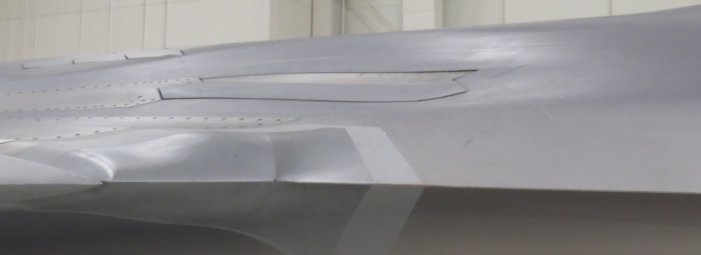
This is a beautiful airplane. It's got some sexy curves that you don't even notice until you are only a few feet away.
The irregular door that you can see on the top of the right wing is the business end of a 20 mm M61A2 Vulcan 6-barreled Gatling cannon.
When you fire the cannon, the door opens, rounds go out, and the door closes again. The empty cartridges are kept inside the plane.
The M61 Vulcan was designed in 1946 and was placed in service in 1959. The cannon can fire 6,600 rounds per minute, which is 110 rounds per second. The plane holds 480 rounds, so if you are on full auto, you can hold the trigger down for about four and a half seconds.
Each round weighs about 3.5 oz, so that's about 105 pounds of projectiles traveling at 3,450 feet per second. How fast is that? About 2,352 miles per hour. Which is about 800 miles per hour faster than the estimated maximum speed at altitude of 1,500 MPH.
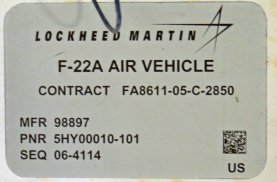
For some odd reason, they don't have an Alaska Airmen's Association data plate mounted outside near the tail.
"Air Vehicle"? Is it a defense industry thing, like the Grumman 870 bus which every tourist outfit in the state calls a "motor coach" rather than a bus?
Our thanks go to Lt. Col. Bob Churchill and John Davis for setting this up for us.
Text and photos by Walter Yankauskas